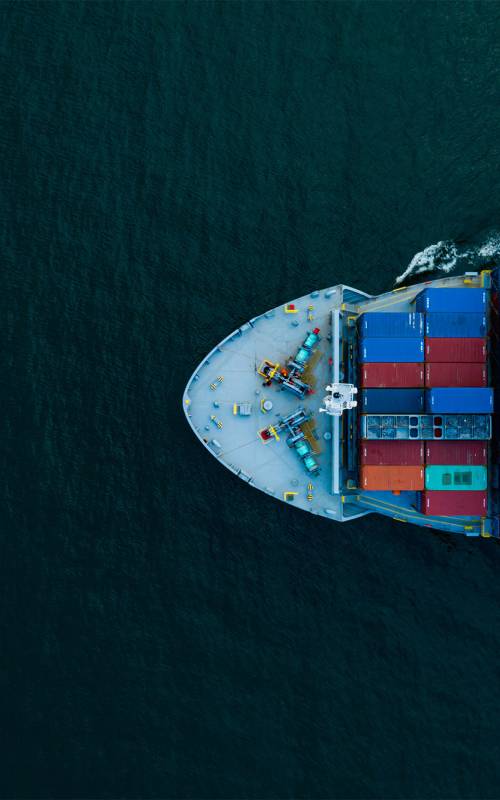Transport vessels
In the industrialised and globalised world, transport ships play a significant role in the transport and exchange of goods, commodities and raw materials. There are therefore transport ships for every kind of transport goods. So-called RoRo ships are transport ships which transport movable goods by the RoRo procedure, whereby the cargo is brought onto the ship by vehicles.
Freight capacity of container ships is given in TEU
Container vessels are generally referred to as container ships. Their cargo capacity is expressed in TEU, which stands for "Twenty foot Equivalent" and thus corresponds to the number of 20-foot containers that can be loaded. Feeder vessels are transport vessels which are used as subcontractors for seaports and large ocean-going vessels. For the transport of liquid substances such as crude oil, fuel or water, special transport ships are needed, so-called tankers. These do not require any superstructures or loading gear. In order to transport gases efficiently, they have to be liquefied. Specially designed transport ships, so-called liquefied gas tankers, are used for transport. They are used when transport via pipelines is not easily possible or economical.
Loose bulk goods make up one third of sea transport
Loose bulk goods, such as coal, cement, grain or ore, account for about one third of global sea transport. Transport ships are used for this purpose, known as bulk carriers or bulk carriers. But there are also special transport ships for extremely heavy cargo. These heavy lift vessels have special heavy lift booms or cranes so that the heavy cargo can be loaded or unloaded without any problems.



